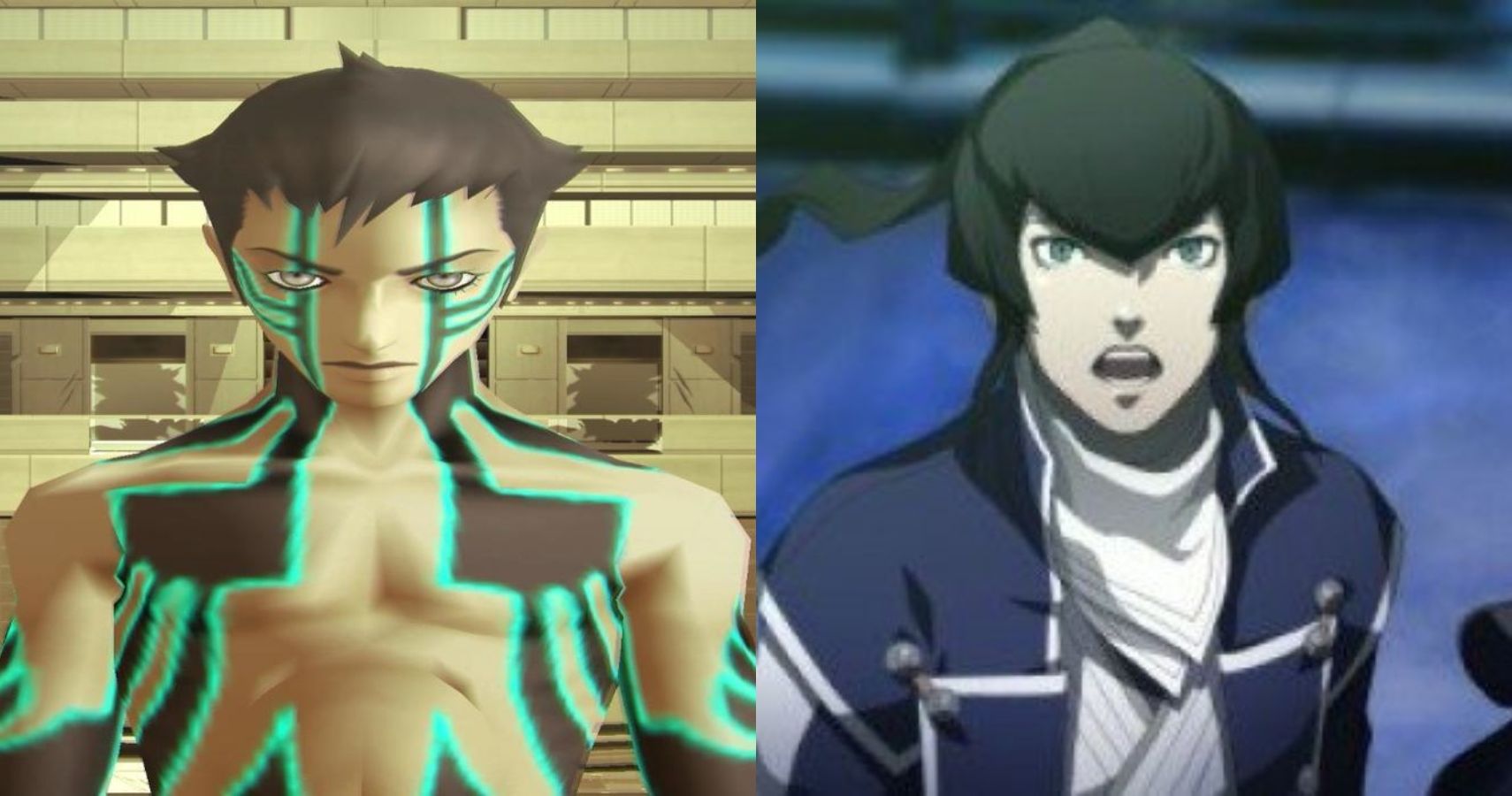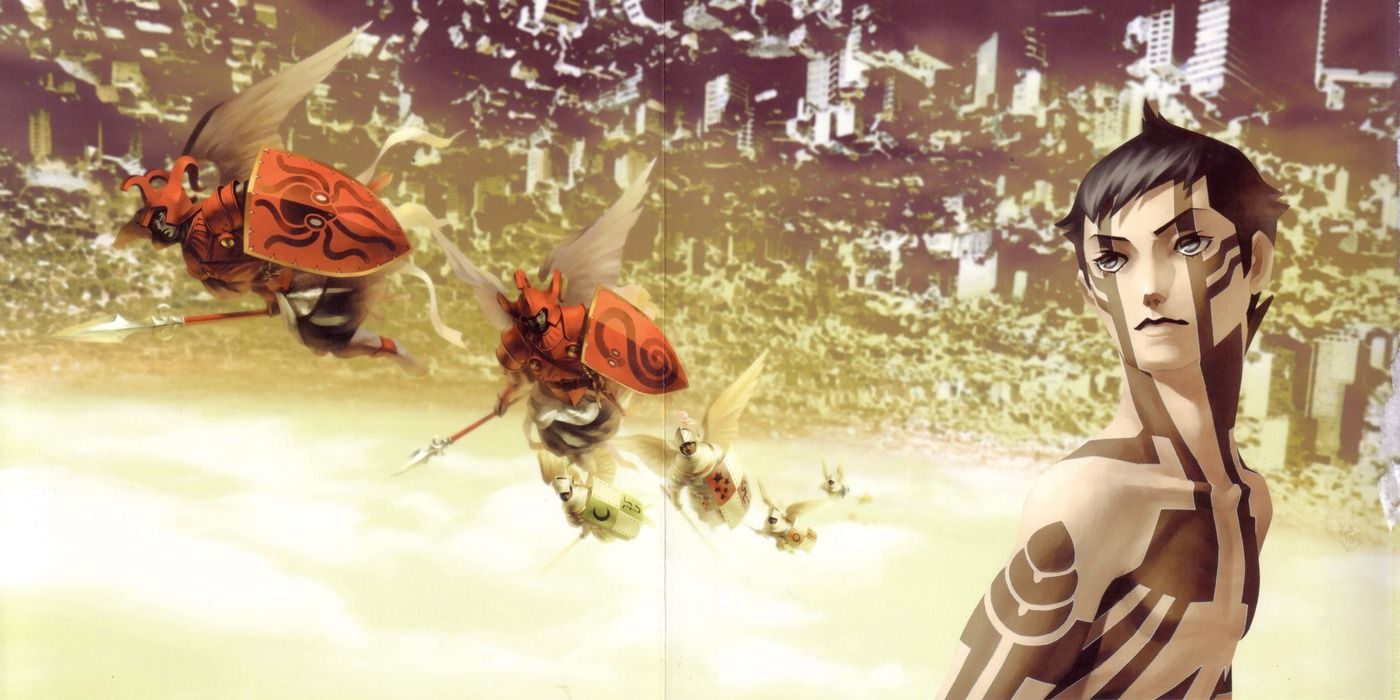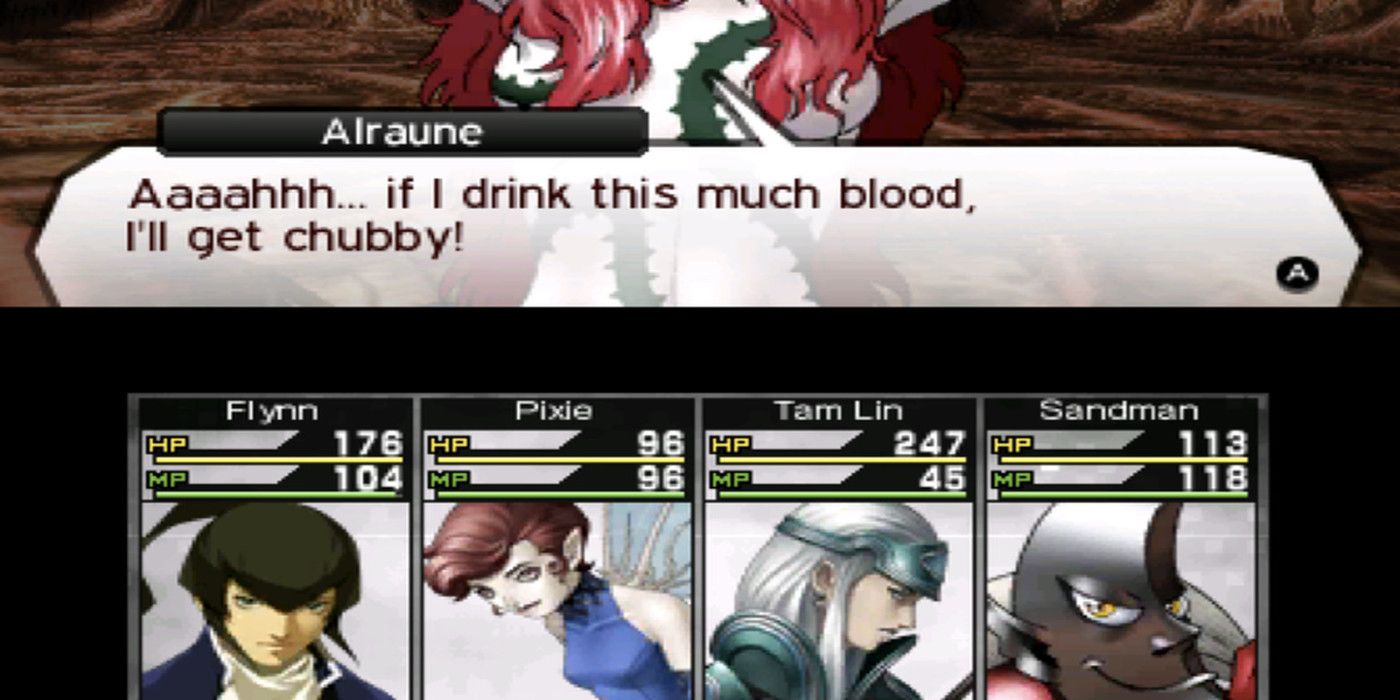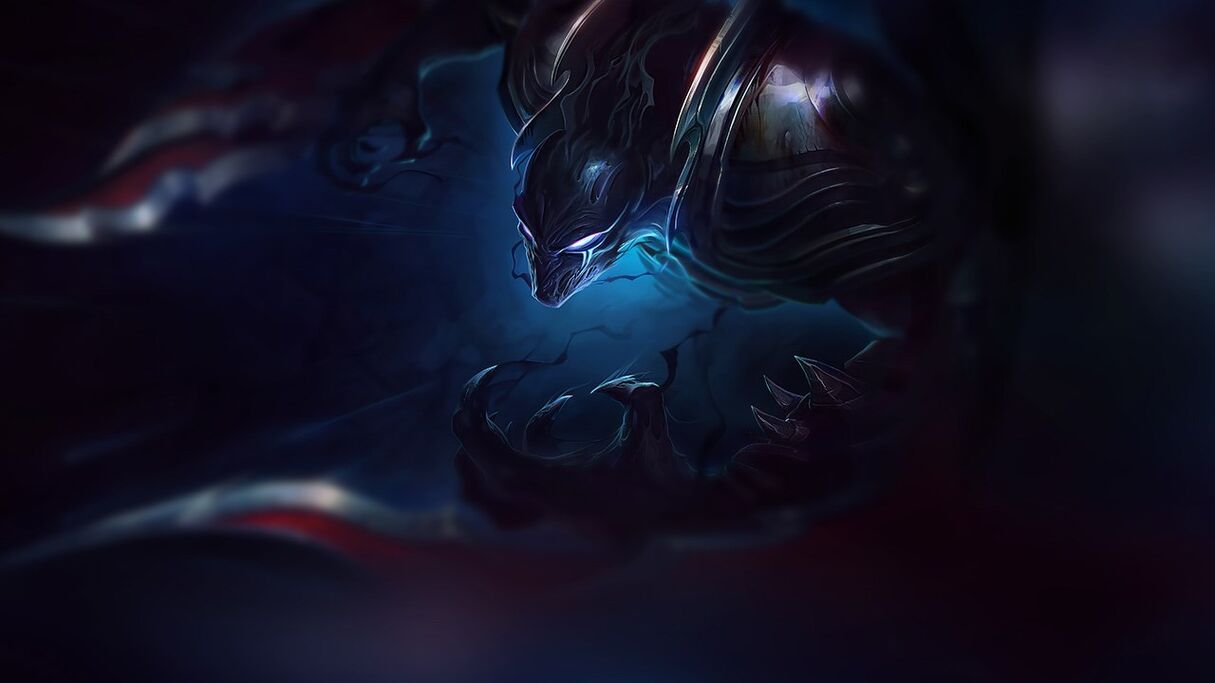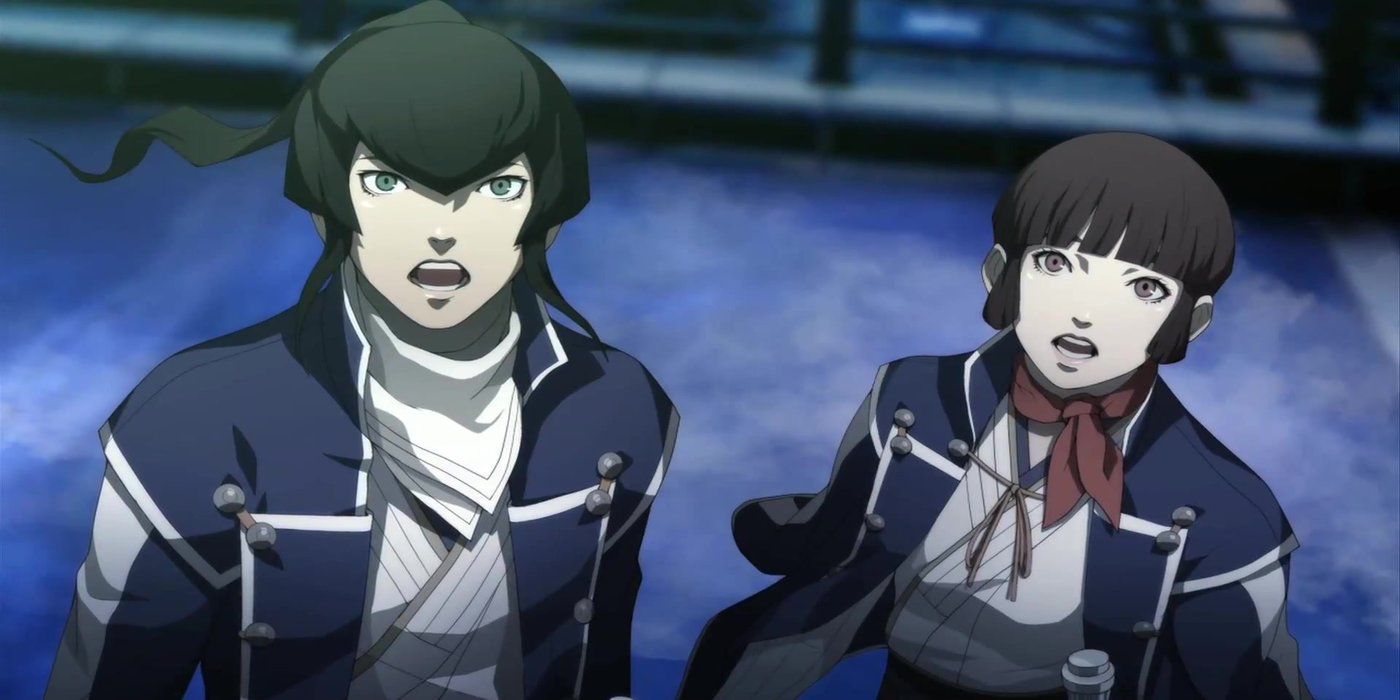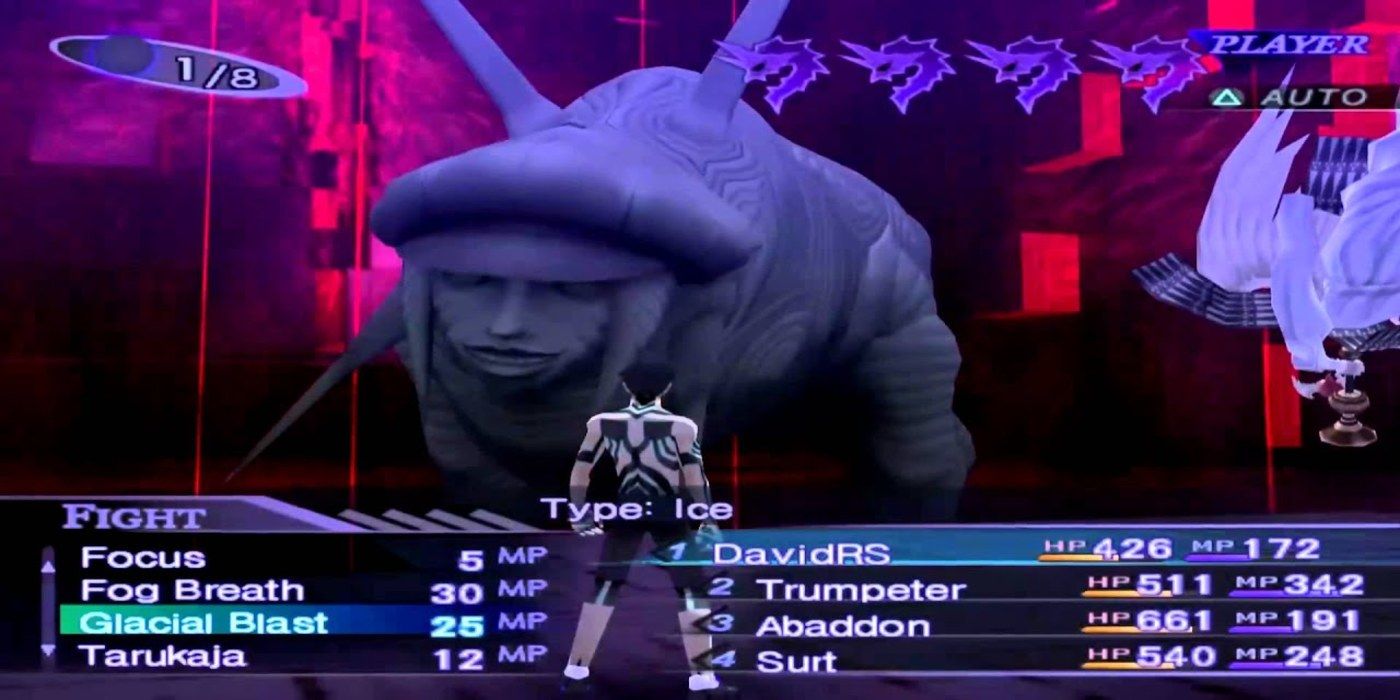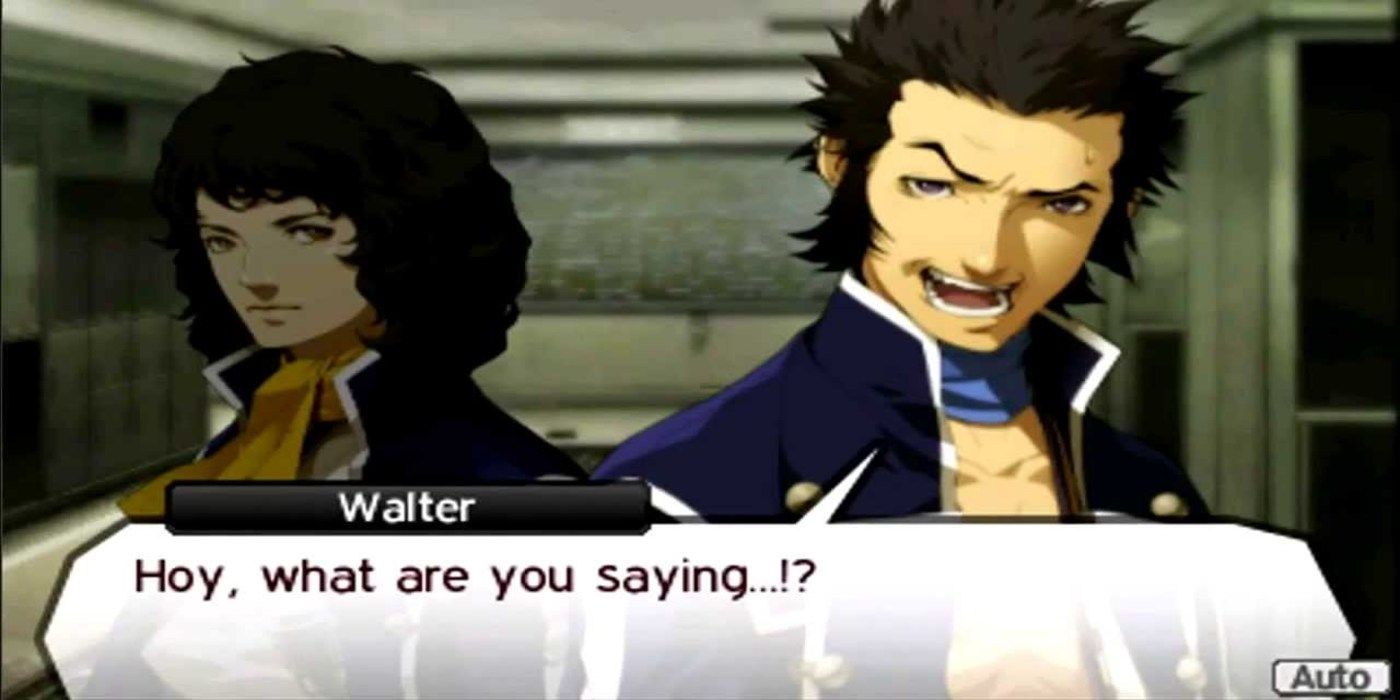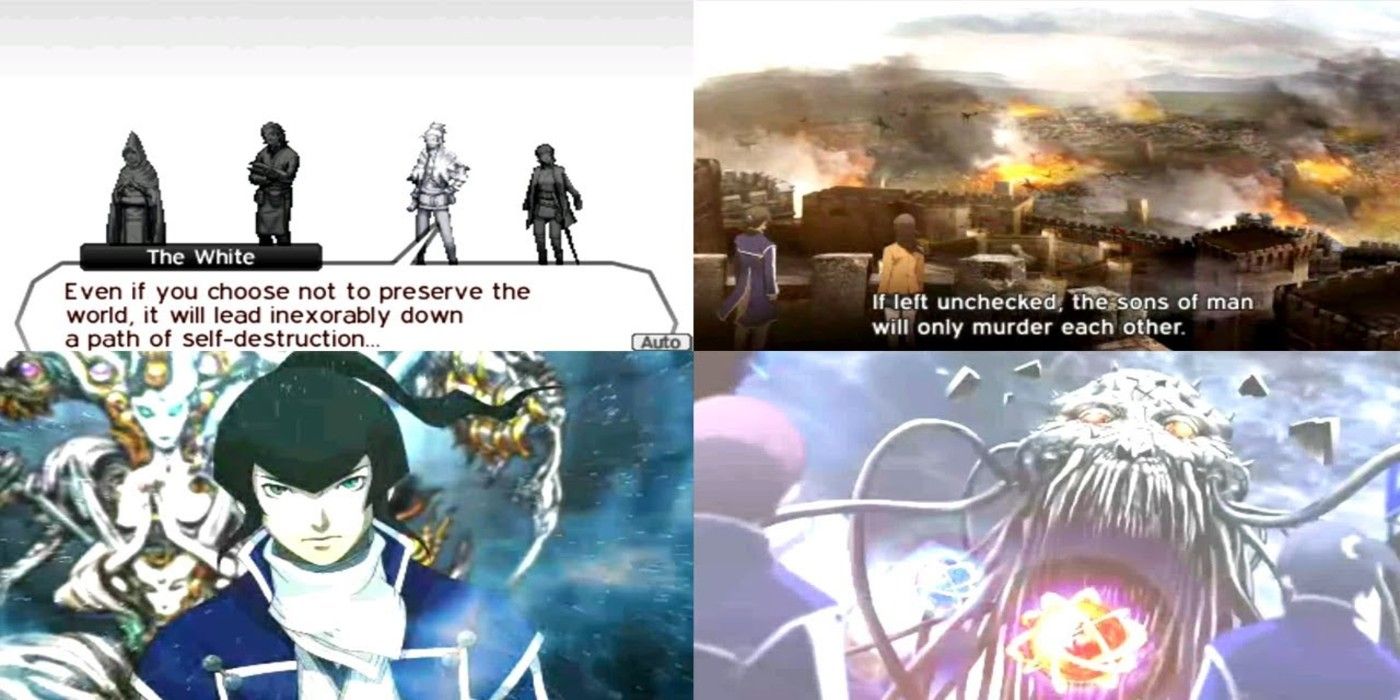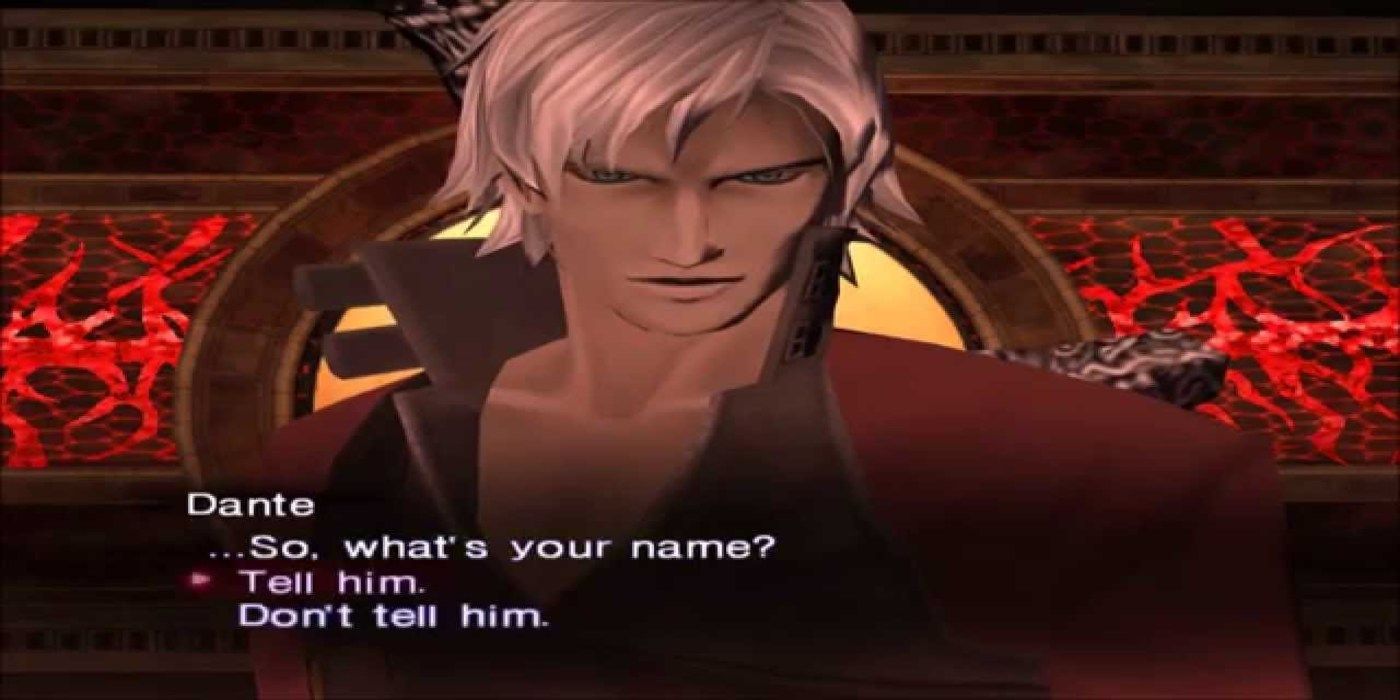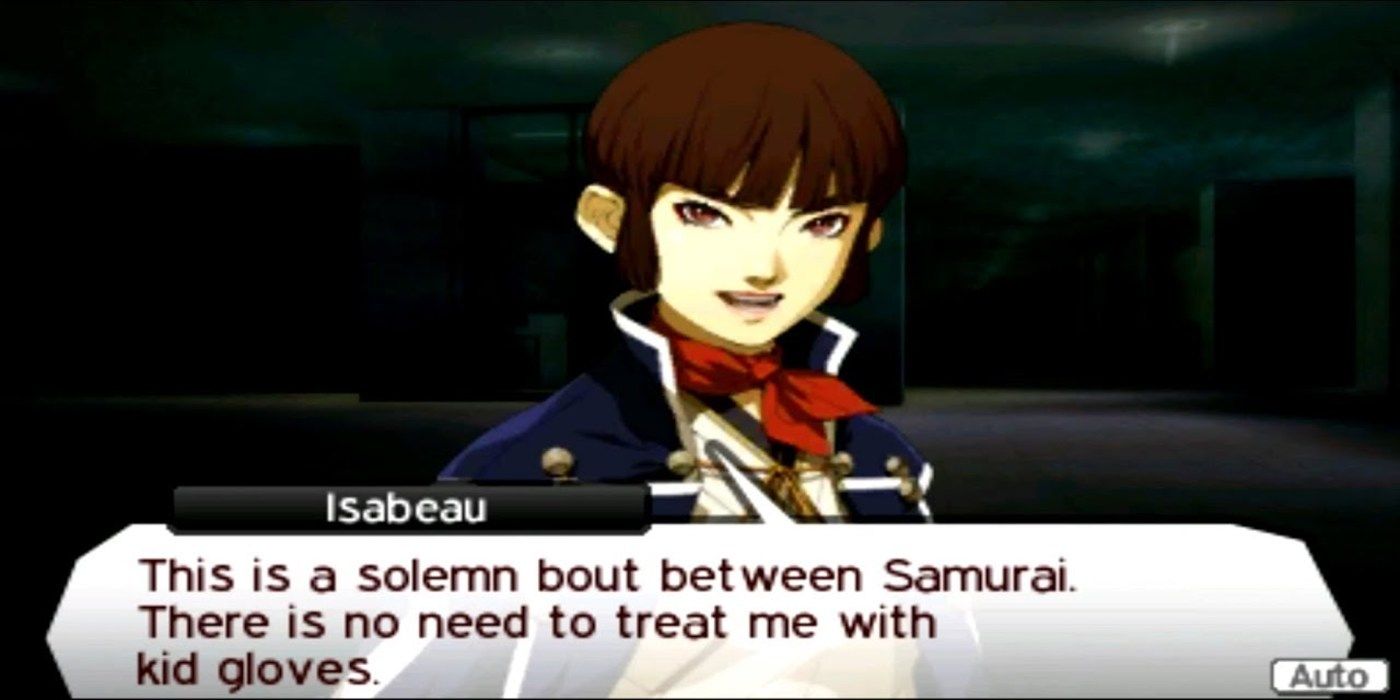Shin Megami Tensei has a certain charm that no other video game franchise does. It scratches a monster-catching itch while the setting is a truly morbid post-apocalyptic backdrop. Overt religious references and adult themes infect the world of Shin Megami Tensei, creating one of the most compelling disturbing worlds in fiction.
The franchise has a reputation for being quite difficult, though, which might push prospective fans away. All the same, this is a series worth getting into and both Shin Megami Tensei: Nocturne and Shine Megami Tensei IV are excellent entry points– albeit entry points that offer different perspectives into the SMT series.
10 Nocturne: Better Overworld
Anyone who’s played Shin Megami Tensei IV can attest that Tokyo’s overworld is an absolute mess. The map is hard to decipher, streets are difficult to navigate, and there’s next to no cohesion when it comes to level design. It’s a headache and a detail that kills many the playthrough. Fortunately, Nocturne doesn’t have this problem.
Nocturne’s overworld is easy to navigate and simple to understand– exactly what an overworld needs to be. Players who are paying attention will never get lost, unlike in Shin Megami Tensei IV where being turned around and winding up lost is an inevitability more than anything else.
9 SMT IV: Better Combat
Both Shin Megami Tensei IV games have the best combat in the series, with Apocalypse improving SMT IV’s battle system in every way. It goes without saying, then, that Shin Megami Tensei IV has better combat than Nocturne. Not to say that Nocturne’s combat is bad– both games share the Press Turn system– but SMT IV makes logical improvements overall.
Not only can the player character conveniently learn skills from their demons, the Smirk system adds even more depth to how weaknesses work in battle. SMT IV ends up with some of the best battles in the series thanks to all of its new mechanical nuances.
8 Nocturne: Better Dungeons
As good as Shin Megami Tensei IV’s combat is, though, there’s something to be said about the lackluster dungeons. SMT IV rarely goes beyond simple layouts. Even when dungeons are tiered with floors, there are barely any puzzles. It’s disappointing, especially when compared to Nocturne. Granted, Nocturne doesn’t have too many puzzles either, but its dungeons are much better.
Not just in terms of layout and design, but in scope as well. Nocturne has some of the best dungeons in the series, period: The Diet Building, the Labyrinth of Amala, the Kagutsuchi Building, and the 4th Kalpa. There’s no shortage of great dungeons in Nocturne. The same can’t be said for IV.
7 SMT IV: Better Characters
Shin Megami Tensei: Nocturne doesn’t have a bad cast by any means, but Nocturne’s script is on the lighter side, reserving cutscenes for when they’re absolutely necessary. It means that new story is always a treat, but the cast ends up feeling underdeveloped outside of their ideologies. That may be the point, but still.
Shin Megami Tensei IV doesn’t have this issue at all, with a present cast that actively develops from start to finish. Between Walter, Jonathan, and Isabeau, SMT IV has plenty of character work to go around. Walter and Jonathan are especially well written leading into their respective Chaos and Law routes.
6 Nocturne: Better Art Direction
Shin Megami Tensei IV has a nice, crisp anime aesthetic and while it matches the tone of the game, it doesn’t quite match the tone of the series (even if the new demon designs are incredibly slick.) Nocturne’s art direction is not only appropriate for itself but the franchise as a whole. It’s dreary, dismal, and nauseatingly colorful at times.
Nocturne’s art direction helps settle players into the end of the world as they know it. The world is twisted seemingly beyond repair, and every new location is bolstered by Nocturne's incredible atmosphere. Without its art direction, Nocturne’s tone wouldn’t be nearly as oppressive or memorable.
5 SMT IV: Better Story
Nocturne beats out SMT IV easy when it comes to atmosphere, but the story’s not that exciting. Not that it’s bad, far from it. Nocturne’s story has more going on than meets the eye. But it feels in the background more often than not, even when gearing up to the finale. SMT IV is structured more traditionally, but it works for the story it’s telling.
Shin Megami Tensei IV is a tragedy at its core, chronicling the collapse of a culture on the verge of inescapable change. SMT IV’s Law and Chaos routes go beyond their stereotypes, both being given more depth as ideologies. It makes for a compelling plot regardless of route.
4 Nocturne: Better Music
Both Nocturne and SMT IV have incredible soundtracks, but the edge has to go to the former. Shin Megami Tensei: Nocturne genuinely has one of the best soundtracks on the PlayStation 2. A mix of rock, jazz, and pure existential terror, Nocturne’s soundtrack ranges from peaceful & ethereal to chaos in the streets.
The battle themes, in particular, stand out as some of the best in the series. It’s hard to pick between the Amala Network battle theme, the town theme, and the utterly insane boss theme. Pretty much every track in Nocturne is a home run and perfectly fits the tone of the game.
3 SMT IV: Better Endings
As great as the Nocturne experience is, there’s really only one ending worth its salt: the True Demon Ending. Every other ending feels unsatisfying, narratively, thematically, and just from a gameplay perspective. The True Demon Ending makes players work for a shot at fighting God. It’s a fantastic way to end the game, but it’s one good ending out of a few.
SMT IV, on the other hand, holds the rare distinction of knocking each of endings out of the park. With four endings, SMT IV covers the Law, Chaos, and Neutral routes along with the White route, an ending that wipes out all of existence. It’s a morbid note to end the game on, but it’s as iconic as the True Demon Ending. Plus, the other three endings are all well realized in their own right.
2 Nocturne: Better Difficulty Curve
Shin Megami Tensei IV even out after a few hours, but its opening is downright brutal. It’s significantly harder than the rest of the game and in no way reflects the level of challenge that SMT IV will ultimately have. If anything, the game just gets easier as it goes along. Nocturne handles its curve with more grace, utilizing a better ebb and flow of difficulty.
Some dungeons are harder than others, but the difficulty never lets up and it only becomes overwhelming when it’s time for the player to refine how they’re approaching battles. Nocturne’s final boss is also much harder than SMT IV’s, actually feeling like a final challenge.
1 SMT IV: Better Replay Value
For those just looking to get the most out of their RPGs, Shin Megami Tensei IV is the better choice. Alongside its already healthy main game is a generous amount of DLC, most of which are pretty solid. Since SMT IV’s endings are better, this also means that replaying through the whole game is more appealing than with Nocturne.
SMT IV’s approach to New Game + also lets players start fresh while keeping the bare essentials, or to just carry everything over and throttle the game. Nocturne has replay value, as well– any great game is worth replaying– but SMT IV offers greater opportunity to shake up each playthrough.

